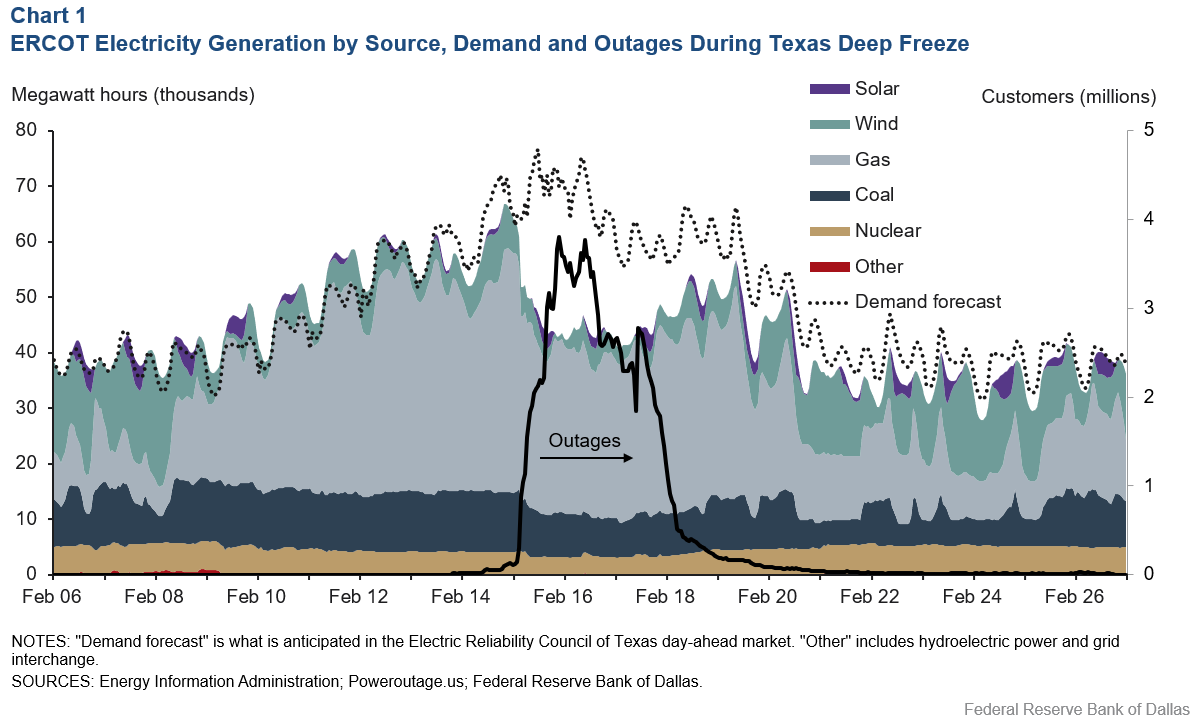In the Columbia Journalism Review, Sam Abrams explains how data from NYC's deferred acceptance algorithm for assigning students to schools is often misunderstood in the press, when it comes to reporting on how selective the schools are.
Getting Education Data Right: The Case of High School Admissions By Samuel E. Abrams
"The trouble with the story about high school admissions begins with official data. The admissions numbers in the annual high school directories published by New York City’s Department of Education are indeed alarming. Eight consecutive schools in the 2019 directory, for example, exhibited daunting odds: Bard High School Early College, 30 applicants per seat; Baruch College Campus High School, 44; Beacon High School, 19; Business of Sports School (BOSS), 13; Central Park East High School, 37; Chelsea Career and Technical Education High School, 14; City College Academy of the Arts, 22; and The Clinton School, 21. These odds translate into acceptance rates ranging from 2.3 percent, in the case of Baruch, to 7.7 percent, in the case of BOSS.
"But these students are not applicants in the conventional sense. They are students who rank a school by order of preference as one of up to 12 with which they would like to match. This process—introduced in 2004 and derived from the National Resident Matching Program for doctors introduced in 1952—employs an algorithm allowing only one match. Accordingly, if every eighth-grader in New York City exercised his or her right to list 12 schools, each school, on average, could in turn accept only one of 12 students, or 8.3 percent of applicants.
...
"I began encountering this reporting problem in 2005, when the Times published an article on then-Mayor Michael Bloomberg’s plans to create several new high schools to address the surplus demand for seats in exam and screened schools. The Times reported that Beacon had 6,000 applicants for 250 seats the previous year, meaning an acceptance rate of 4.2 percent.
"As a teacher at Beacon at the time, I knew the admissions process from the inside and emailed a correction to the paper: 6,000 students ranked Beacon as one of up to 12 schools in which they were interested; about 1,800 students submitted the requisite portfolio of their best work and visited the school for the mandated interview; and approximately 500 offers were made to fill 250 seats. This meant an acceptance rate of about 28 percent if all 1,800 applicants ranked Beacon first, which is highly improbable, given that approximately 50 percent of applicants to Beacon today who fulfill application requirements rank the school first. But that correction went nowhere, and I resigned myself to explaining the numbers to anxious parents fretting that their children had no chance of getting into Beacon given what they had read in the Times.
...
"Following the 2017 article about 10 of the city’s high schools being more selective than Yale, I wrote a letter to the Times. As that letter went unacknowledged and as the newspaper did not run another letter to elucidate the process, I published a critique on the Web site of a research center I run at Teachers College, Columbia University. That critique led to an article published by Chalkbeat and another by Phi Delta Kappan, which interviewed Alvin Roth, a professor at Stanford who shared the Nobel Prize in economics in 2012 for work decades earlier on market design and who, with two other economists, Atila Abdulkadiroglu and Parag Pathak, developed the algorithm used by the DOE. Roth explained that the Times had indeed greatly exaggerated the number of applicants because the algorithm pulled students from the applicant pool once they were matched. “If I applied to you as my seventh choice, and I got accepted by my first choice, I wasn’t rejected by you,” Roth said. “You never saw me.”
"With a matching algorithm, the closest one can truly get to an acceptance rate is a match rate through adding the number of students who matched with a particular school to the number of students who matched with a school they ranked lower than that school and then dividing the number of matches by that sum.
...
"What is nevertheless certain is that the algorithm developed by Roth with Abdulkadiroglu and Pathak has significantly streamlined the enrollment process in New York. The three economists developed the algorithm, they wrote in a 2005 article published in the American Economic Review, to “relieve the congestion of the previous offer/acceptance/wait-list process” that conferred “some students multiple offers” and “multiple students … no offers.:





